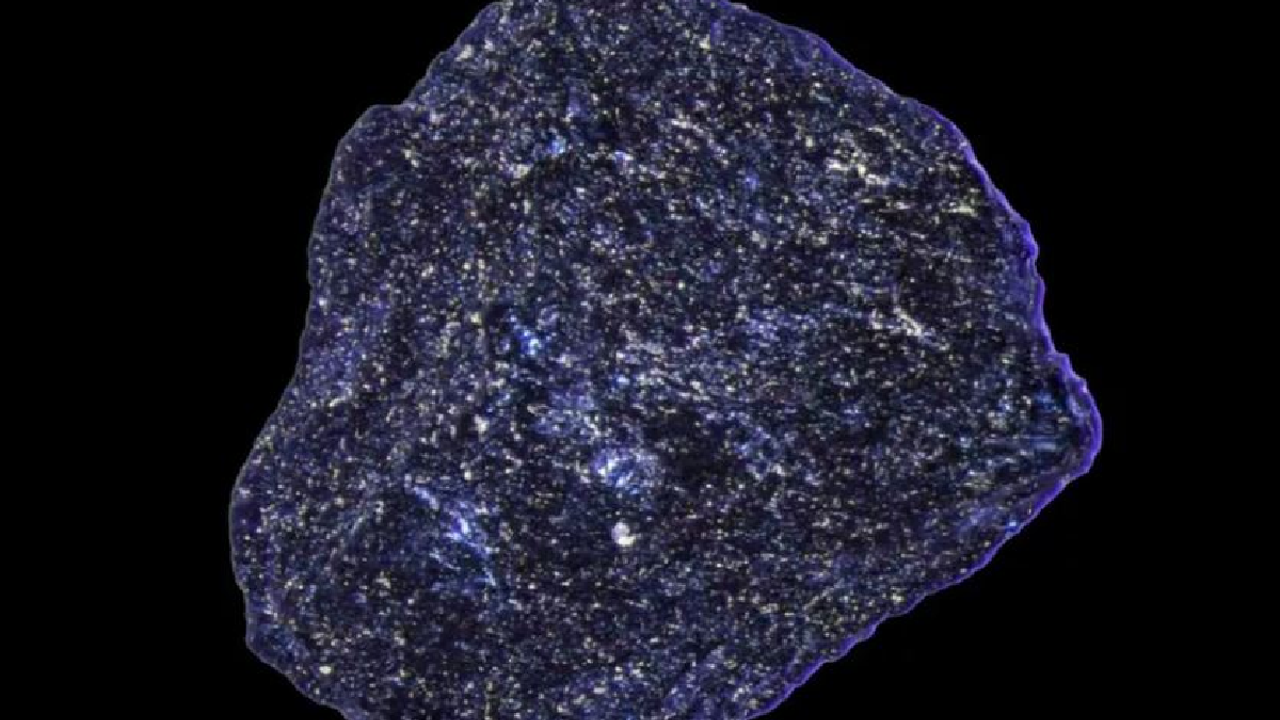Material found that could completely change the world
A very striking development has taken place in the scientific world. A group of researchers announced that they have discovered a material that could completely change the entire Earth. The repercussions of this statement continue.

The article titled "Evidence of near-ambient superconductivity in a N-doped lutetium hydride" published in the peer-reviewed scientific journal Nature has made a big impact in the scientific world. The researchers who wrote the paper suggested that they have produced a superconducting material that can operate at low enough temperature and pressure that it can actually be used in practical situations. This discovery has been cited as a 'revolutionary' move that scientists have sought for over 100 years to produce a material that can conduct electricity without resistance and pass magnetic fields around matter.
The discovery of this substance could lead to power grids that can transmit energy smoothly and save up to 200 million megawatts per hour of energy currently lost due to resistance. This technology could also contribute to the long-awaited process of nuclear fusion, which could generate unlimited energy. Other areas of application include airborne high-speed trains and developing new types of medical equipment, according to the researchers.
GROUNDBREAKING WORK WITHDRAWED
A research team led by Ranga Dias has shown in their paper, previously published in Nature and Physical Review Letters, to produce similarly superconducting materials, described as 'somewhat less groundbreaking'. However, the article published in Nature was withdrawn by the editors of the scientific journal due to questions about the scientists' approach.
(J. Adam Fenster/University of Rochester)
This time Professor Dr. Dias and his team say they are taking extra steps to avoid similar criticism. By conducting a live-streamed study by scientists, the researchers checked this old paper for confirmation with new data collected outside of the lab, and undertook a similar process for the new research.
THE ARTICLE IS NAMED 'REDDMATTER'
The new material is described in a paper titled 'Evidence of near-ambient superconductivity in a N-doped lutetium hydride' published in Nature. The substance was named 'reddmatter' because of its color and in reference to the movie Star Trek. The scientists found that the substance surprisingly turns a 'very bright red' color as it is produced.
Professor Dias and his team made the substance by taking a rare earth metal called lutetium and mixing it with hydrogen and some nitrogen. The substances in the mixture were then allowed to react at elevated temperatures for two or three days. According to the article, the compound turned an azure color. But then when it reached superconductivity, it was under very high pressure and turned from blue to pink. It then turned red again in its non-superconducting metallic state.
For it to work, the substance still needs to be heated to 20.5 degrees Celsius and compressed to about 145,000 psi. But it's far less dense than other similar substances, including substances that arouse excitement and suspicion among scientists, even the one Professor Dias announced in 2020.







